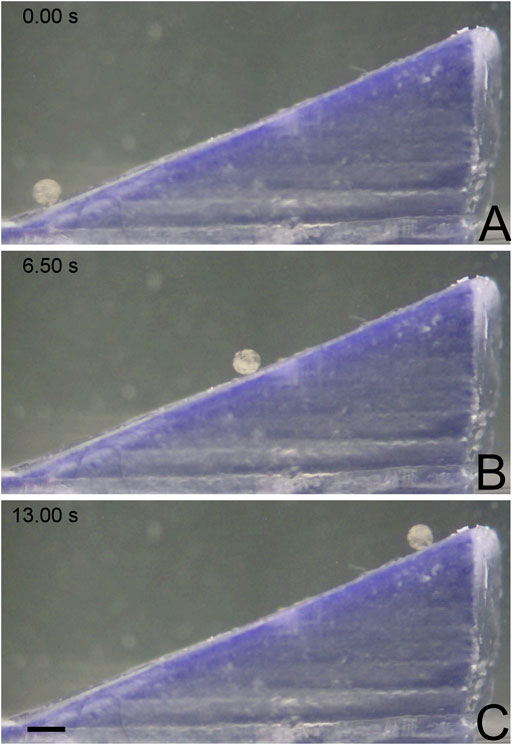The study showed that the robots were controlled using a magnetic field: this is how they were able to move against
Diseases of the central nervous system are difficulttreat. Oral or intravenous drug delivery, such as for the treatment of cancer or neurological diseases, can affect areas of the body and nervous system that are not associated with the disease. If we learn to deliver drugs in a targeted manner to specific points in the body, then this will lead to increased efficiency and reduced side effects by reducing the dosage.
In the new work, the authors used tinyrobots that can establish targeted delivery of drugs in the human body. Researchers have developed different types of micro— or millirobots. However, the main problem is controlling their activity as they move through body tissues.

The authors emphasize that magnetic fields area promising way to control robots inside the body. Under the influence of magnetic fields, they can safely move throughout the body and ultimately reach their goal.
During the experiment, the researchers checked whetherhow robots will be able to climb an increasingly steep slope or move against a flowing fluid. They also tested how the robots moved through tissue, using a rat brain and a mouse spinal cord. As a result, the robots successfully completed the tests.


Read more:
The slowing down of the Earth's rotation caused the release of oxygen on the planet
Research: the Gulf Stream could cause irreversible collapse on the planet
See more 60,000-year-old Neanderthal rock art